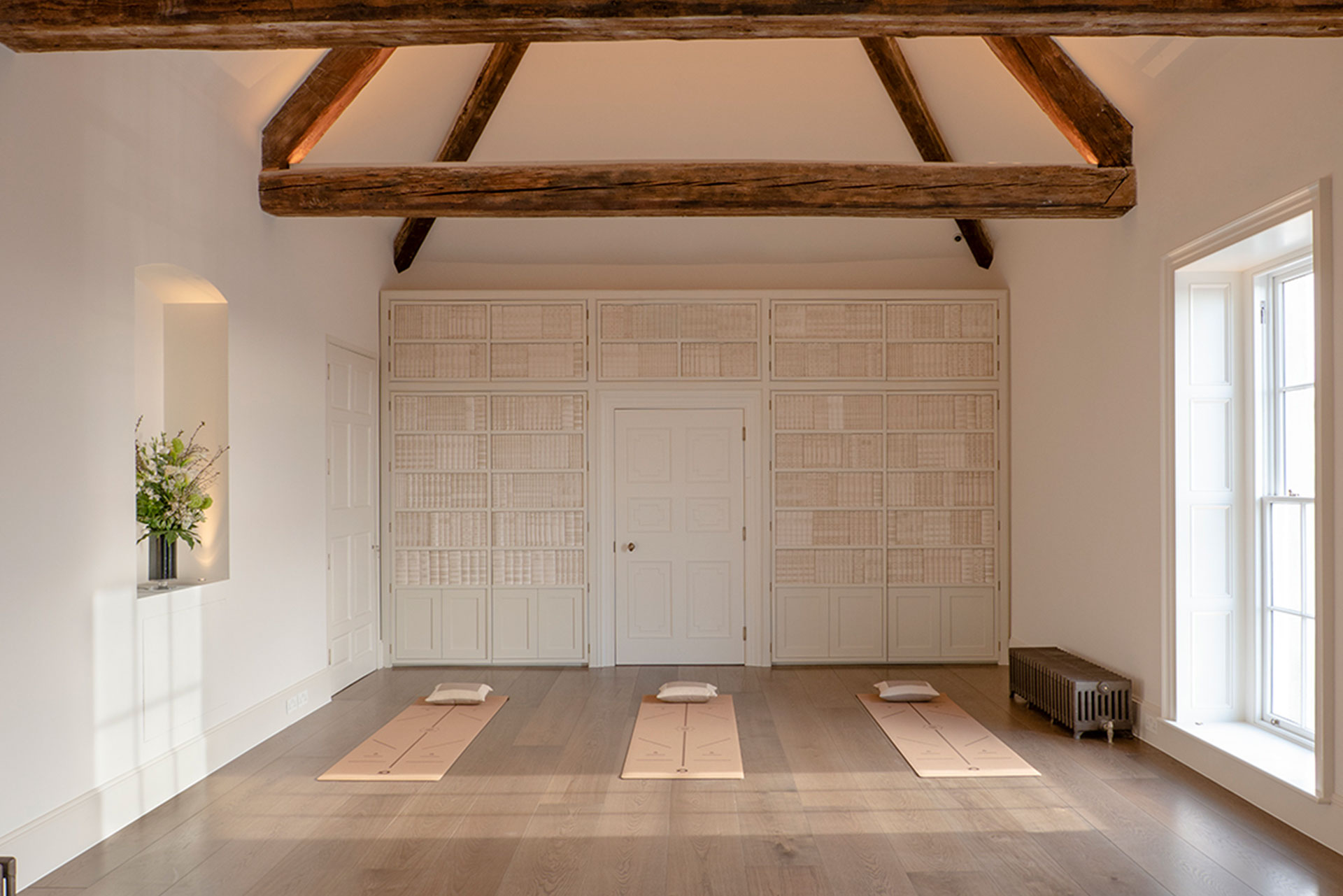The Irish Runner Yearbook 2017 is out now and I was delighted to feature again with my thoughts on a few debatable topics!
Should I stretch before a run?
What you do before you go out for a run is dependent on what you’ve been doing for a few hours before. If you run first thing, your body has been in bed, curled up and resting – it’s important to move a little before heading out. If you’ve been at a desk most of the day and run after work it’s just as important to limber up before expecting your muscles and joints to work at their best and get you around the block. If you’ve been quite active for a few hours before you run, then the limbering up is not as important but can still help.
The days of static stretching before a run are long behind us. Dynamic and functional mobility work is where it’s at. Functional movements are movements based on real-world situational biomechanics. They usually involve multi-planar, multi-joint movements which place demand on the body’s core musculature and innervation. For a runner, an example of an easy functional movement would be jogging on the spot. If you’re about to do interval training you’ll need more than just jogging, you’ll need all of your important leg muscles fired up. Heel kicks, high knees, high jumps all serve to wake up and alert the areas you want switched on.
I’ve put together a short 1 minute clip on YouTube to guide you into an active mobility warm up suitable for runners. It’s easy to remember and I recommend giving yourself 4-5 repetitions of the sequence before heading out. Check it out.
Slower stretching after a run when your legs are warmer than before your run might be useful. There is consistent research being done in the area with no one resounding answer or advice. My best advice, if what you’re doing now is working for you, great! If you’re in a spot of trouble with a persistent overload running injury it might be time to get to your Chartered Physiotherapist and get tailored advice regarding what mobility work you do before and after your runs to improve the issue.
What’s the best yoga exercise for a runner?
Warrior III, or Virbahadrasana III, is one of the best yoga exercises for a runner. There are many, but this is a personal favourite, and might be recognised as a reverse single leg dead lift in the strength and conditioning world. This pose requires core, glut, hamstring and hip flexor (psoas) strength and control when done correctly. I see many runners in clinic with poor pelvic and hip control and strength and this exercise is tough enough to combine both the anterior and posterior chain of muscles in your legs, challenge your stability muscles with lots of options for progressions once you nail down the basics.
Glut muscles are often the focal point of speed work and conditioning, muscles in the front are often neglected. Hands up if you’ve ever been told you need to strengthen your gluts!? How many have been told you need to strengthen your psoas muscle (hip flexor)? How about co-ordinating them and strengthening them as a pair? Muscle chains work together, assisting and controlling the forces of their opposition. Conditioning the muscles in the front and back of the body to a much higher level than done before can give you the edge you’re looking for to protect your body from overload and consequently injury. It can become part of your technique training.
To do the Warrior III, set yourself up with a long mirror to your side or in front so you can keep an eye on your form. This is a balance challenge, so ensure you have a wall or chair to your side to lean on to if needed.
- Start with your feet together, hands on your hips.
- Bend both knees a little.
- Lift the right leg out behind you while leaning forwards from the hips.
- Aim to create a plank like line along your spine towards your right foot as in the image.
- Keep your hips level and lift your chest a little.
- Keep a small bend in your left knee and ensure the kneecap stays pointing forwards, try to prevent it from rolling inwards.
- Begin to work towards straightening your right leg out behind you. If possible straighted your arms out in front.
- Breathe!
- To finish, slowly come back up to standing and draw your right knee to your chest lifting your knee above hip height.
- Repeat 5-8 times each leg.
This controlled exercise is all about quality over quantity. Always work within your own limits and abilities. You can do this exercise with a chair in front of you and work on some of the initial steps of the exercise. Build it slowly. Try 5-8 repeats each leg and progress by changing the speed of your repetitions. Ask your club mates to join in the challenge! Work with your Chartered Physiotherapist to personalise and progress the challenge. Give yourself the best foundation from which to move your legs efficiently to propel you upwards, forwards and onwards to your next event.
Do you have any advice about improving running form?
Improving running form can be a confusing process. It is a challenge to identify what specific improvements you should be making since running movements occur in fractions of a second, however Chartered Physiotherapists specifically trained in running analysis can detect global imbalances and key movement inefficiencies which are a factor in improving personal bests and reducing injuries. If you want to change your running form to treat an ongoing injury get an assessment by a Sports Physiotherapist. If you’re a little curious and interested in improving energy efficiency, this might work for you.
Start by noticing your stride rate. Your stride rate is number of steps you take per minute. Stride rate is also called your running cadence. Count how many times your right foot hits the ground while running for one minute, and then multiply by two. This number is your stride rate per minute.
One of the main causes of overuse running injuries is poor shock absorption. By controlling your cadence, you increase your chances of striking the ground at the correct position and angle, reducing loading rates (thus potential injuries), the rest will follow.
There are specialist running apps out there now to help count your stride rate and if you’d like to try training to a specific stride rate use your music, choose songs with a specific bpm. There is no set magic number to stride rate but a distance running coach, Jack Daniels in the 1980s, analysed the stride rates of several elite athletes including all participants in the 1984 Olympics from the 800-meters up to the marathon. He determined that most elite athletes regardless of their age, gender or the speed at which they are traveling, take about 180 total steps per minute or 90 steps per foot. So 180 total steps per minute give or take, these were Olympians remember! Modifying your natural running form can be exhausting and I recommend giving yourself 4-6 weeks to work with the change gradually. Again, working with your experienced coach and a specialist Sports Physiotherapist can help tailor your programme.
I get tense across the tops of my shoulders when running. Any useful tips?
This is becoming a more frequent question I get asked in clinic. I’m beginning to wonder if it’s directly linked to the fact that we are unfortunately becoming a laptop generation. Computers, mobile phones and general desk work is a regular part of all of our lives these days and I think this is a significant contributing factor to adding to tension through the shoulders and neck region. Here are a few tips you can use when you next run to help you run without shoulder and neck pain.
Office shoulder posture can affect your running form with protracted shoulders and a forward head position. This position you might have held all day, unware of the effects to your running. Over lengthening the muscles of your shoulder blades in this position such as your trapezius and rhomboids can be a huge factor in developing tension areas and pain throughout the shoulders and neck. Think about lengthening your neck upwards, lengthening collar bones wide and drawing your shoulders back just a little to take the pressure off the areas.
Checking out your hands, are you clenching your fists? Clenching fists can start a chain of tension working its way up into the shoulder blade and neck area. Resolving this could be a quick fix for you. Relax the hands.
Let’s not forget breathing and the demands on the body when running. The muscles across your shoulders are being recruited to help you breathe deeper and get more oxygen into the circulatory system. This is not the primary role of these muscles and they basically fatigue quickly when asked to do this job along with moving your arms and keeping your head in a neutral position over your torso. Once a muscle fatigues it will let you know through pain and discomfort. I recommend you try recruiting your deep breathing muscles such as your diaphragm, a large parachute shaped muscles under your lungs. Your diaphragm can be trained to perform better with this simple exercise. The more useful it gets the less recruited your neck and shoulder muscles will be!
- Focus your attention on your breath as it moves in and out of your body through your nose or mouth.
- Notice the natural lift of your belly as you inhale, notice if your shoulders rise also.
- Place your hand on your belly near your belly button.
- As you inhale, breathe all the way into this area and allow your belly to rise slightly more. Then, exhale completely. Try to keep shoulders relaxed.
- Next place both hands on the sides of your ribs (underarm area).
- Breathe all the way into this area and allow your ribs to expand outwards. Then, exhale completely. Continue to keep shoulders relaxed.
- Try to put these parts together
- Inhale, your belly lifts, your ribs expand, and your shoulders stay relaxed. As you exhale, your chest lowers slightly, your ribs contract, and your belly softens and lowers.
- Continue at your own pace, gradually letting the three parts of the breath flow smoothly without pausing.
Overtime all of these tips should contribute to your running enjoyment. Orla Crosse is a Chartered Physiotherapist based in Limerick and Clonmel. Orla has a decade of experience working with athletes across the country and has a specialist interest in lower limb biomechanics and energy efficiency in athletes. With this in mind she developed the very successful Performance Yoga classes and workshops. Next workshop: Dublin Sat 1st April 11am Personal Health Rathmines.




